There is a highly sensuous quality to the American retail experience, whether easing a toasty warm Potbellian sandwich or a Culver’s fudge pecan frozen custard sundae into your mouth, navigating the broad aisles of a Walmart (designed for people hooked up to oxygen canisters in electric carts), or perusing the apparel and guns at an outdoor recreation chain such as Gander Mountain. The latter’s elegant gun displays are laid out behind glass cabinets with the patient precision of a history museum curator. The hushed church-like atmosphere of the store, the combat green industrial carpeting, the wide wiggle room between the clothing carousels (reducing your risk of bumping into a customer with a concealed weapon), the durable feel of the fabrics’ weave in the fingers, the astonishing variety of pockets, the stylish camouflage patterns on everything from rifles to sunglasses, and the great deals (five dollars for a genuine Australian Akubra hat)—all conspire to make shopping intensely satisfying, even for types such as myself who don’t normally enjoy shopping.
For a culture that prides itself on individualism, American design is surprisingly uniform throughout the country. The straight lines and perpendiculars, the strongly balanced symmetries, the calibrated surfaces from shiny to rough and textured, the dedicated space surrounding buildings emphatically demarcated by manicured landscaping and freshly mowed lawns, and the extraordinarily large shopping mall parking lots, enable everything to be properly placed by being put in its proper place (the correlative of Americans’ need for ample personal space). We also have the regulation cinderblocks coated in thick semi-gloss paint that structure prisons, schools, medical centers and government buildings and are designed to survive tornadoes; the white stucco ceilings of motel rooms and de rigueur quilted floral bedspreads in golds and browns; the surprisingly sturdy tubular aluminum door handles of commercial shops polished to matte silver and their black aluminum door frames that open and close with ease; the unobstructed residential sidewalks so satisfying to the feet and the eyes with their sloping curbs and tiny rainwater troughs (and the special affection we feel for their crumbling counterparts in depressed neighborhoods); the solidly constructed tables and chairs in diners that never wobble and the equal reliability of the blueberry and lemon meringue pies; the tried-and-true appropriateness of every commercial shop sign’s typeface and design; the lonely beauty of the American stop sign, invisible to foreign newcomers who drive right past it.
Everything in its proper place. Yet what often fills this all-American space is the most unseemly and improper of sights. Until I had a revelation on my latest visit to my homeland. The sight had grown more startling with each trip back. I finally needed to rationalize it, and I succeeded in doing so by a mental 180-degree reversal of perspective.
You may have heard of the “People of Walmart,” pictures of whom circulate on the web. A demeaning phrase, to be sure, but I’ll use it as my starting point anyway. We refer to the loudly or obnoxiously dressed, often overweight folk you see in Walmarts, supermarkets and other venues where everyone can be seen passing through, but above all Walmart because its size ensures the largest audience for these lovable harlequins to parade their inimitable fashions: transvestites or transsexuals of indeterminate age and sex, cosmetics painted on so thickly you wonder if it’s not Halloween; grannies in garishly dyed hair and miniskirts; dazed people with meth-ravaged faces; fat middle-aged dudes showing off their thong underwear as they bend over, and the like.
But it’s mostly the sight of the obese that shocks and awes—and impresses. What’s impressive is not how obese they are but how shameless and confident they appear in their obesity. They stand or sit there in their carts, examining the goods on store shelves or waiting in line at the cashier with expressions of perfect calm and equipoise, as if they were not in fact distressing to the eye, as if they couldn’t give a damn and they don’t, even as their gut sack spills out like some massive scrotum because their shirt isn’t long enough to contain it. And that, to me, is really cool. As soon as I realize this, I see their beauty, their peculiarly American beauty, their rococo beauty. Why rococo? This requires a brief historical digression before I loop back to this question later.
The clean facades of contemporary US design in fact proceeds from an unbroken tradition going back through nineteenth-century Colonial Revivalist, eighteenth-century Neoclassical and Georgian, and ultimately the plain facades of seventeenth-century Colonialist architectures, but stripped down and streamlined into an equally plain Modernist uniformity. What these styles all have in common is a rigorous prioritizing of balance and space over plasticity and ornament. The pendulum of the Western aesthetic has regularly oscillated between these two poles since Greek and Roman antiquity, that of purity and symmetry on the one hand, and complexity and extravagance on the other: in reaction to austere Renaissance Classicism, the Baroque countered with asymmetry, curvature and play. Ultimately this tendency descended into ornamentation and filigree—frivolity for its own sake, the kitsch of the eighteenth century—which defined the Rococo period. Though dismissed at the time by the refined and discerning as vulgar and distasteful, the fashion for Rococo spread until the pendulum swung back again to the Neoclassicism of the mid-1700s and its Apollonian principle of simplicity of form and function. Romanticism represented the next swing to Dionysian excess, before Modernism returned once again to severity and functionalism.
Every nation has its defining features. The United States has always had a soft spot, indeed a powerful bias, for Classicism, apparent as much today as in the past in the spare lines and symmetries of American design. There is little space for play and riot, except within the tame confines of certain restaurant and hotel signboards employing antique-style typefaces with rococoesque curlicues (e.g. Edwardian Script and Bickham Script Pro), conjuring up the calligraphy of the Declaration of Independence—and by implication conservative American values. There is also the cartoony type of commercial logo such as the Potbelly sign pictured above, whose irregular script also has a rococo feel. Beyond the shop sign, however, the true rococo spirit—spontaneity, elaboration, ornamentation—must find alternative outlets for expression. In the contemporary American city, the only really genuine example is the brilliant, gorgeous “balloon”-style graffiti art originating in New York City in the 1970s.
I lived there in the final years of that decade and remember the graffiti onslaught well. The walls lining the subway and railroad tracks formed an ideal infinitely unfurling canvass. It was the sardonic answer to the niggardly spots on museum walls doled out solely to the artistic elite. The walls of buildings in depressed urban neighborhoods offered more extensive and unlimited canvass. The only fee for the use of these huge gallery spaces was the cost of spray paint, appropriately stolen. Then they grew brazen and took over the subway cars themselves, both inside and outside, every square inch, until you couldn’t make out what station you were in because the windows were spray-painted over. The city clamped down and eventually got the graffiti out of the subway, but by then the virus had spread to almost every city in the world.
Like the virus, rococo’s essential feature is its capacity to replicate, to reproduce a pattern: the patterns of lace, crystals or snowflakes. It’s also exemplified by multiplying glyphs that fold onto one another in tightly interlaced sequences or expand outward in the infinite regression of graffiti art. Rococo-like graffiti threatens to creep onto every American surface like vines, like a disease, more successfully in the inner city but also the suburbs. As it is something that needs to be contained it is of course illegal, though like weeds it’s ineradicable, and it crops up everywhere regardless of efforts to stamp it out.
Most maddening of all to the Establishment and graffiti haters alike is its illegibility (whether that be the elaborate artistic variety or the primitive “tags” squiggled on building walls by gangs to mark territory). Though formed of letters and words, there is no message, just language dissolving into lace writ large. The refusal to be coherent, to clearly state one’s point and reveal one’s purpose, one’s logos, one’s Word, is a refusal, above all, to be Christian. It represents a mockery of all that’s civilized, legitimate, proper and productive. Arabesques are not only anti-American, they are suspiciously Arabic (and are in fact Arabic in origin). Yet the big irony is that graffiti art, finally, is nothing other than an example of contemporary American rococo at its finest.
Meanwhile, where graffiti art languishes, nature is happy to take over, to take up the virus and carry on the invasion of arabesques wherever and whenever it can. This is no better exemplified than by the urban ruins of the American inner city.
Consider a city with the reputation for being the most unloved in the land, Gary, Indiana. It had something of a heyday in the decades after it was founded in 1906 to house US Steel employees. But with the collapse of the steel industry in the 1960s, the city has hemorrhaged over 100,000 residents, or around sixty percent of its peak population. Long seen as the source of the factory odors of rotten eggs and burning plastic that creep over Chicago (actually they originate from the industrial belt around Gary and not the city itself), it has earned the moniker the “armpit of America.” It is now so forlorn and forgotten you can’t even find graffiti on its buildings since the gangs too are spooked by the place, though it has turned into a hot destination for producers of horror movies (seriously). Venture down the ghost city’s tattered streets, west of Broadway in particular, and note the ample spaces between houses—once large plots owned by the wealthy residents of yore, now overgrown with weeds, the former buildings crumbling or long gone. A massive 1997 fire gutted many more houses in the rotting neighborhood; their charred remains are still standing.
A closer look and you then discover something most extraordinary: trees emerging from inside long-abandoned homes and protruding from living-room windows. Blasted cities restore the rococo in their curly outgrowths and curved sprays of vegetation, but it’s fitting that nature’s revenge originates from within the ruined structures themselves, where they are most improper, their significance most telling, their insult most profound—barging in and taking over like that. Ruined buildings are hairy. They grow beards as it were, not trimmed and domesticated like vines but unkempt and scruffy, nature’s incontinence obscuring their aspect until they are lost to view altogether. J. G. Ballard celebrated this in his novel The Crystal World, as did Alan Weisman in his The World Without Us, another great paean to the city reclaimed by vengeful nature. It’s why the most beautiful cities in the world are ruined cities. Or if not the most beautiful then the most sublime, and this makes Gary the most sublime city in America north of the Yucatan. Just give its saplings a few more centuries to catch up to the towering strangler figs and silk-cotton trees and that have burrowed their way out of the ruins of Ta Prohm temple at Angkor Wat in Cambodia.
Let’s return to the Rococo era and the irreducibles of the design. The original examples of the art are based on patterns and shapes found in nature. Nature after all is the supreme fount of abundance and the richest source of elements to elaborate upon through infinite replication: plants with curling and intertwining tendrils and foliage, but also the seashell, with its strange giggle. The word rococo is thought to be a combination of the French words for stone or pebble, rocaille, and shell, coquille (or the Italian word for pearl, barocco). Many early Rococo artworks featured shells and stones as their decorative material, particularly seashells of all shapes and sizes.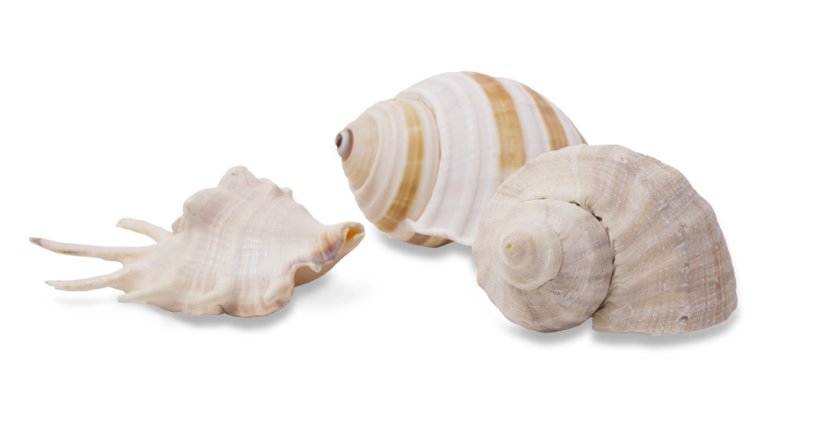 The seashell’s tight swirls and replicate folds that culminate in a tiny vortex is one of the most perfectly realized shapes in nature: gaping voluptuousness twirling in upon itself into a sweet little rotundity, obsessive-compulsiveness stopped up by its own self-reflexive logic. It finds its analogue in the twists and folds of heavy people, except that human fat rotates outward rather than inward, with the potential to unspool to infinity. It is as if seashells could grow into the size of elephants or dinosaurs, or merely the size of people. In this respect we must acknowledge that the human obese are impressive in direct proportion to their size. Not only are fat people attractive, but it’s only when they really start to take on weight, when the flesh begins to roll and cascade and thereby gain proportionate beauty, that the body realizes its full potential as a vessel of rococo splendor.
The seashell’s tight swirls and replicate folds that culminate in a tiny vortex is one of the most perfectly realized shapes in nature: gaping voluptuousness twirling in upon itself into a sweet little rotundity, obsessive-compulsiveness stopped up by its own self-reflexive logic. It finds its analogue in the twists and folds of heavy people, except that human fat rotates outward rather than inward, with the potential to unspool to infinity. It is as if seashells could grow into the size of elephants or dinosaurs, or merely the size of people. In this respect we must acknowledge that the human obese are impressive in direct proportion to their size. Not only are fat people attractive, but it’s only when they really start to take on weight, when the flesh begins to roll and cascade and thereby gain proportionate beauty, that the body realizes its full potential as a vessel of rococo splendor.
I have now begun to understand why the obese tend not to seem to mind being so, and why it is they can spill out their flesh in public without apparent concern or mortification. With their body free and unencumbered and allowed to settle in its proper shape, when it is given full play to extravagate, they can relax. For when they assume the aspect of a sculpture or a giant seashell, or some other unique structure, they have something you don’t, something striking and magnificent. You are stuck in your measly little stick-figure condition, each one of you the same as the next in your cookie-cutter predictability. You fail to stand out. The obese do stand out, quite memorably so and distinguish themselves through this. Why should they be shy or embarrassed about it? I think deep down most of them realize their worth and stature this shows in their supreme contentedness.
* * *
Like this post? -Buy the book (see contents):
paperback
Kindle
Related posts:
Macau and the writer
Icon, index, symbol, semen
Theatrics of Japanese Noh, Kabuki, and the mixed-bathing Onsen
Categories: Miscellanea
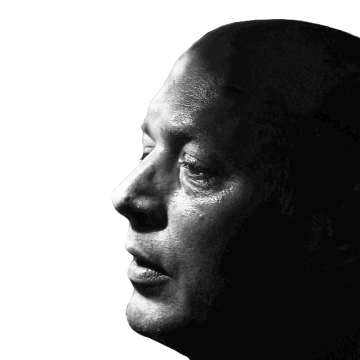



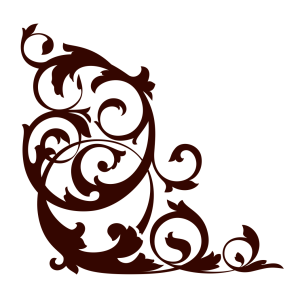




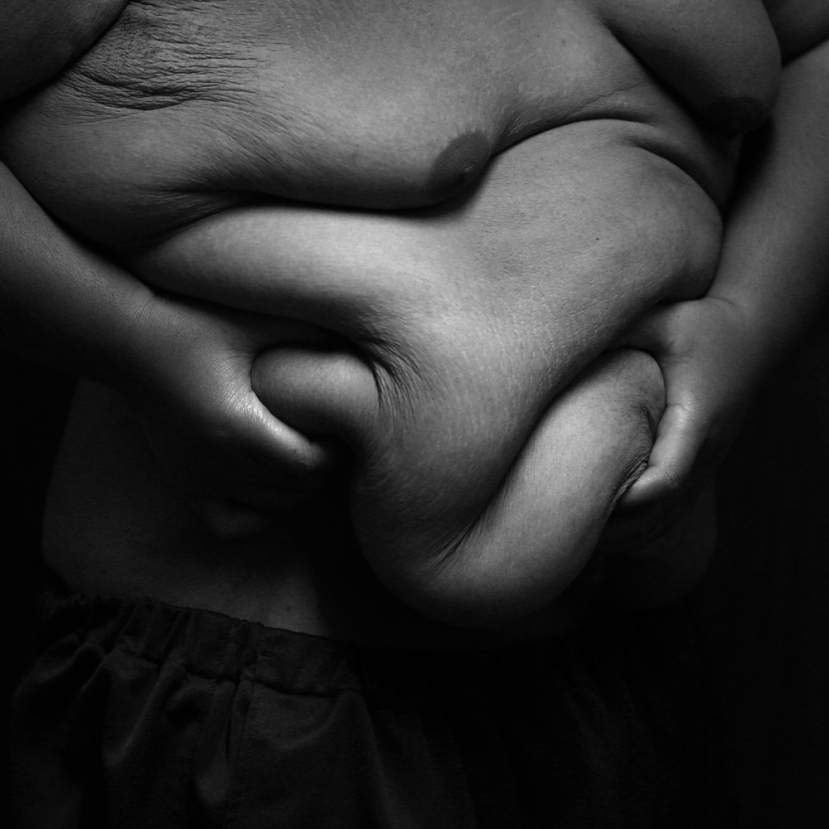


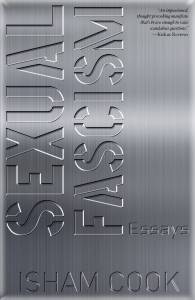
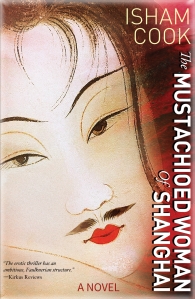









Isham, ironic to read your piece a day after being in Angkor. It is actually Ta Phrom, the most iconic and recognizable of temples ravaged by nature with gigantic tree roots meandering through its stone ramparts. Angkor Wat has been restored and scrubbed clean for a century. Excellent read.
Patrick
http://www.indochinatravel.com
Thank you for the timely comment!
Everyone has their own view on what beauty is. For me I don’t see beauty in Walmart humanity—the evolution of the human being into a deadly cocktail of sugar and untimely death in their 40’s and 50’s. The fact that so many morbidly obese people not appearing to care about being in public isn’t that they are “cool” with being 1 inch from death—-I think they just have totally given up. Like a crack fiend sucking dead flies out of the cracks of a dumpster behind Walmart for sustenance, they have simply given up. I see an ugly and toxic degradation of society into pathetic blobs mostly caused by food addiction meaning mostly SUGAR addiction. And for the focused eye every trip to China I see a huge chunk of the populace getting fatter and fatter as well. Cottage cheese thighs on 20 year olds. A country known for its “Tou Fu” skin with about as much muscle tone as a dead slug—China, already one of the most sedentary societies in the word, won’t fare well in the war against blubber either. Add massive numbers of s okers and a national “get rich” stress level equal to any Wall Street trader’s life, China will have the same result (With Chinese Characteristics) in a decade or so. There is voluptuous, curvy and nicely rounded—and there is morbidly obese. Morbidly being the secret word here.
The post is challenging you to see beauty in a new way – in the folds of fat.
If I ever see beauty in a morbidly obese woman please shoot me. Unless she is filthy rich and has a bad heart too, then I’ll marry her.